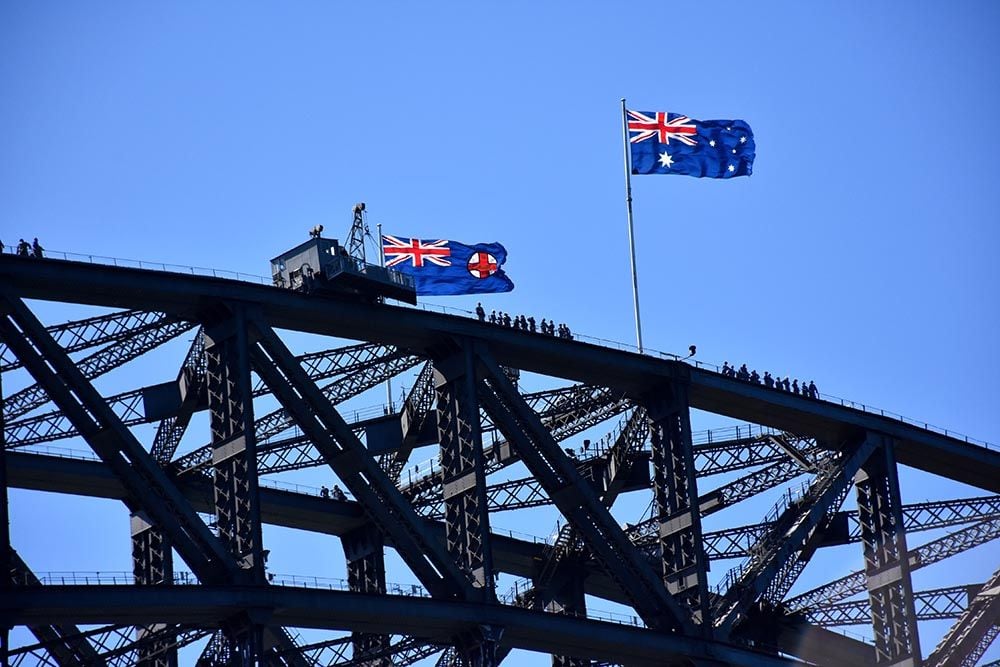Outlook for Australian Dollar Softens as Latest Housing Data Points to RBA Keeping Interest Rates Lower for Longer

Image © Desiree Caplas, Adobe Stock
- Residential construction boom unwinding
- Housing market funding hard to come by
- RBA will see little hurry to raise interest rates in this environment
- Australian Dollar seen broadly lower
The Australian Dollar outlook softened Wednesday after official data revealed building approvals fell by close on 10% in August with analysts saying the shrinkage is largely due to tightening credit conditions.
Signs that credit is becoming scarcer in the Australian banking system suggests to foreign exchange markets that the Reserve Bank of Australia (RBA) might have to keep interest rates unchanged for even longer than markets are currently expecting, which in turn might well deprive the Australian Dollar of support over coming weeks and months.
Australian building approvals fell by -9.4% in August, deepening the -4.6% decline seen back in July, when markets had hoped to see a modest rebound of 1% for the month.
The fall was led by a collapse of approvals for new appartments and other non-house developments in the private sector, with the states of Victoria and Queensland the hardest hit after seeing falls of -12% abd -8.4% respectively.
"Once again the weakness was concentrated in apartment approvals, which fell a sharp 18%, likely reflecting the more difficult financing conditions the sector is facing. Tighter credit conditions are the main reason we expect dwelling approvals to continue to trend lower in the near term, consistent with the near-term signal from the housing finance data," says Felicity Emmett, Senior Economist with ANZ.
The fall in building approvals comes despite ongoing strong population growth, low levels of vacancy and interest rates that have been at record lows for more than two years now. It follows a period of robust development that had been egged on by several years of runaway price growth.
Growing funding pressures in the Australian banking system appears to be the main culprit.
Domestic lenders including Westpac, CBA and Australia & New Zealand Banking Group have all raised their mortgage rates as excess liquidity in the system drying.
"The August result lends support to the Westpac view of a second leg lower in dwelling approvals – although we note the volatility of this data, month to month," says Justin Smirk, an economist at Westpac. "We expect high rise approvals to weaken, noting a sharp drop in site purchases in 2017. Investors, foreign buyers and developers are pulling back at this late stage of the cycle and with lending conditions tightening."
The implications for the Australian Dollar are clear - the Reserve Bank of Australia might have to keep interest rates lower for longer to ensure there is enough liquidity available to ensure the banking system operates smoothly.
Currencies tend to rise when markets predict an interest rate rise at a central bank is on the cards; and with the market pushing back the date of the next potential interest rate rise at the RBA we see the Aussie falling in response. In short, expectations for the next interest rate rise are headed in the wrong direction for those wanting a stronger Aussie Dollar.
The AUD/USD rate was quoted 0.47% lower at 0.7152 during mid-week trade, while the Pound-to-Australian Dollar exchange rate was up 0.66% at 1.8178.
The Aussie was also quoted lower against all other developed world currencies.
"AUD/USD dipped briefly to a low around 0.7164 following the plunge in Australian building approvals," says Elias Haddad, a currency strategist at Commonwealth Bank of Australia. "Softer global economic activity suggests AUD/USD and NZD/USD will continue to trade on the defensive in the near term."
Australia's central bank has held its interest rate at a record low of 1.5% ever since August 2016, citing below-target inflation and a range of factors likely to delay the return of the consumer price index to levels that are closer toward the upper end of the 2% to 3% target band.
The RBA meanwhile warned Tuesday that inflation could dip further beneath the lower bound of the 2% to 3% target later this year, further dampening already-downbeat expectations for monetary policy down-under.
Pricing in interest rate derivatives markets, which enable investors to protect themselves against changes in borrowing costs while providing insight into expectations for monetary policy, implies a November 2019 RBA cash rate of 1.64%.
This suggests markets see only around a 50% probability of a rate hike by then.
With central banks elsewhere in the world, notably the U.S. Federal Reserve, raising their interest rates the Australian Dollar has found a key historical source of support undermined this year.
The Aussie has for a long time enjoyed the support of interest rates that were typically higher than those in other parts of the developed world, but this is no longer the case. The AUD/USD rate has declined more than 7% in 2018 while the Pound-to-Aussie rate is up more than 4%.
"Market analysts are largely weighing up how the competing forces of a tightening labour market against a deflating housing market are likely to impact the future path of the cash rate. As such, the governors comments on both issues were of most interest to us today," says CBA's Aird, in a note to clients Tuesday. "We have pencilled in Q4 2019 for a rate hike, but a lot can happen before then, of course. Trends in the housing market are likely to be key. Any further acceleration in dwelling price deflation or further slowdown in credit growth, due to higher mortgage rates or a tightening in lending criteria, would raise the hurdle for policy tightening."
Advertisement
Get up to 5% more foreign exchange by using a specialist provider to get closer to the real market rate and avoid the gaping spreads charged by your bank when providing currency. Learn more here




